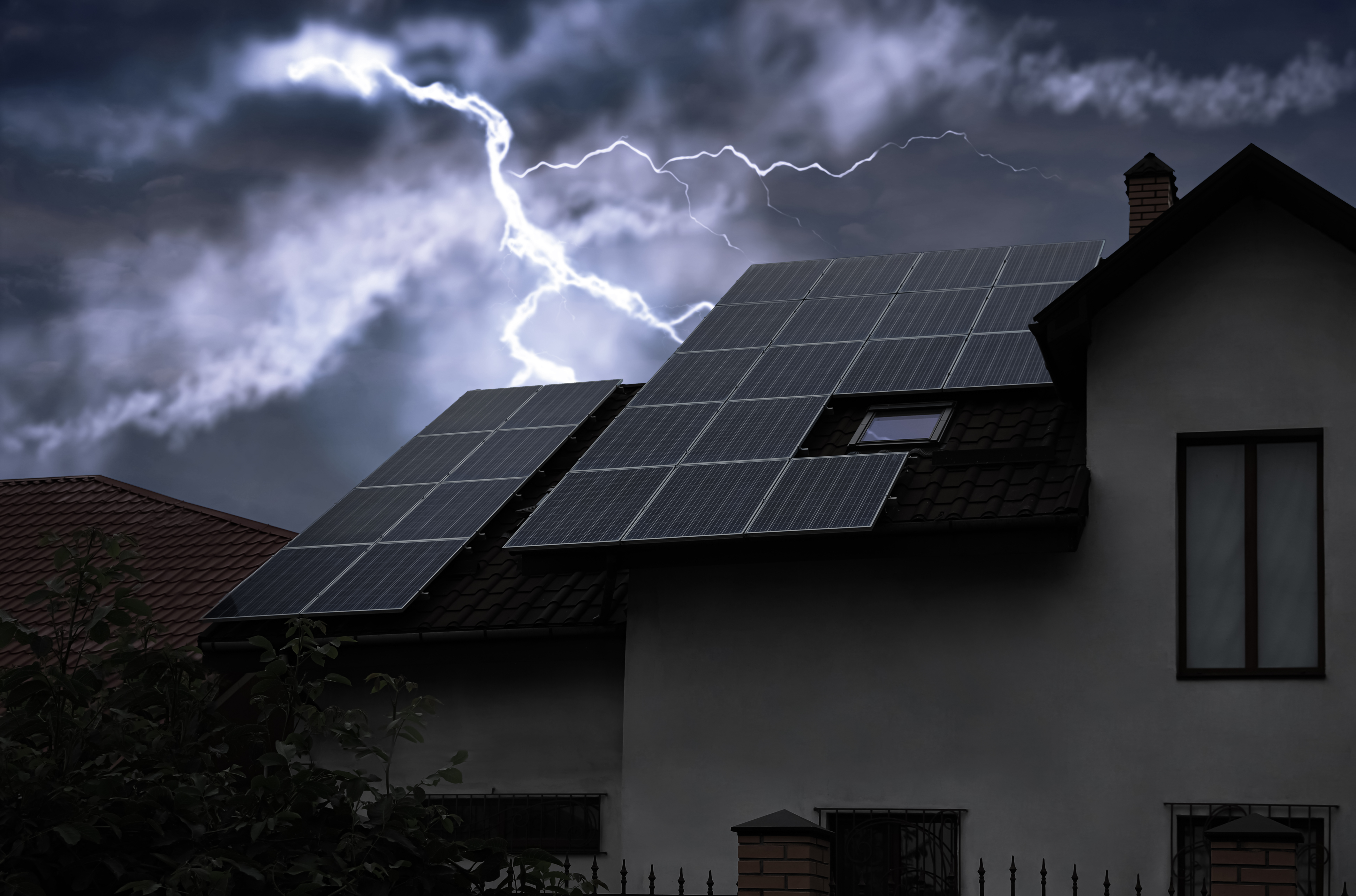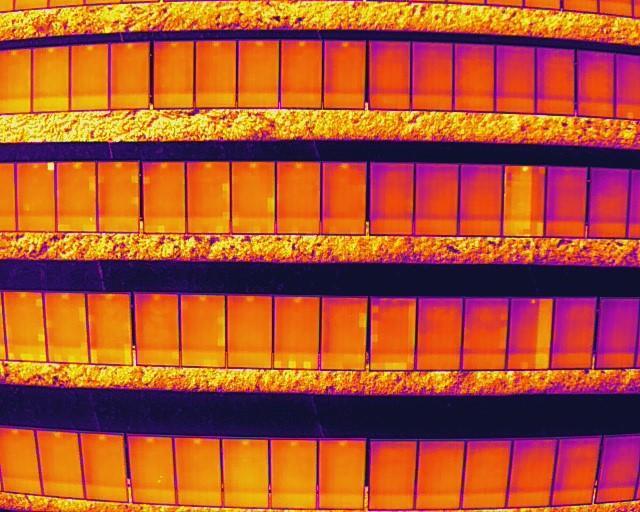How to avoid EOFF measurement error in cathodically protected pipelines?
Buried pipeline systems benefit from mitigation wires (earthing systems) in order to be protected against electric shock hazards. Moreover, cathodic protection (CP) systems are incorporated into pipeline systems to provide protection against corrosion by injecting an impressed DC current. DC decoupling devices are normally installed between the pipeline’s metallic wall and the earthing wire, functioning as a filter that blocks the DC component (of the CP system) while allowing the hazardous AC interference current to be dissipated into the earth. However, the internal capacitance of the DC decoupling devices introduces an error in the routine survey measurement of the CP effectiveness, as frequently reported by pipelines’ system operators.
ELECTROLYSIS published a paper in Electric Power Systems Research investigating this issue and the factors influencing this measurement error by modeling the electrical behavior of the CP-pipeline system. This investigation concluded that the capacitive discharge time constant and, by extension, the measurement error highly depends on the pipeline resistance to remote earth (coating resistance) and the number and capacitance C of the capacitive DC decoupling devices. To this extent, methods for minimizing Eoff measurement error are proposed.

ELECTROLYSIS provides consultancy services related to the design and effectiveness examination of Cathodic Protection (CP) systems. For more information, please get in touch with us at info@electrolysis.com.cy. This work was partly supported by the European Regional Development Fund and partly by the Republic of Cyprus through the Research and Innovation Foundation.





